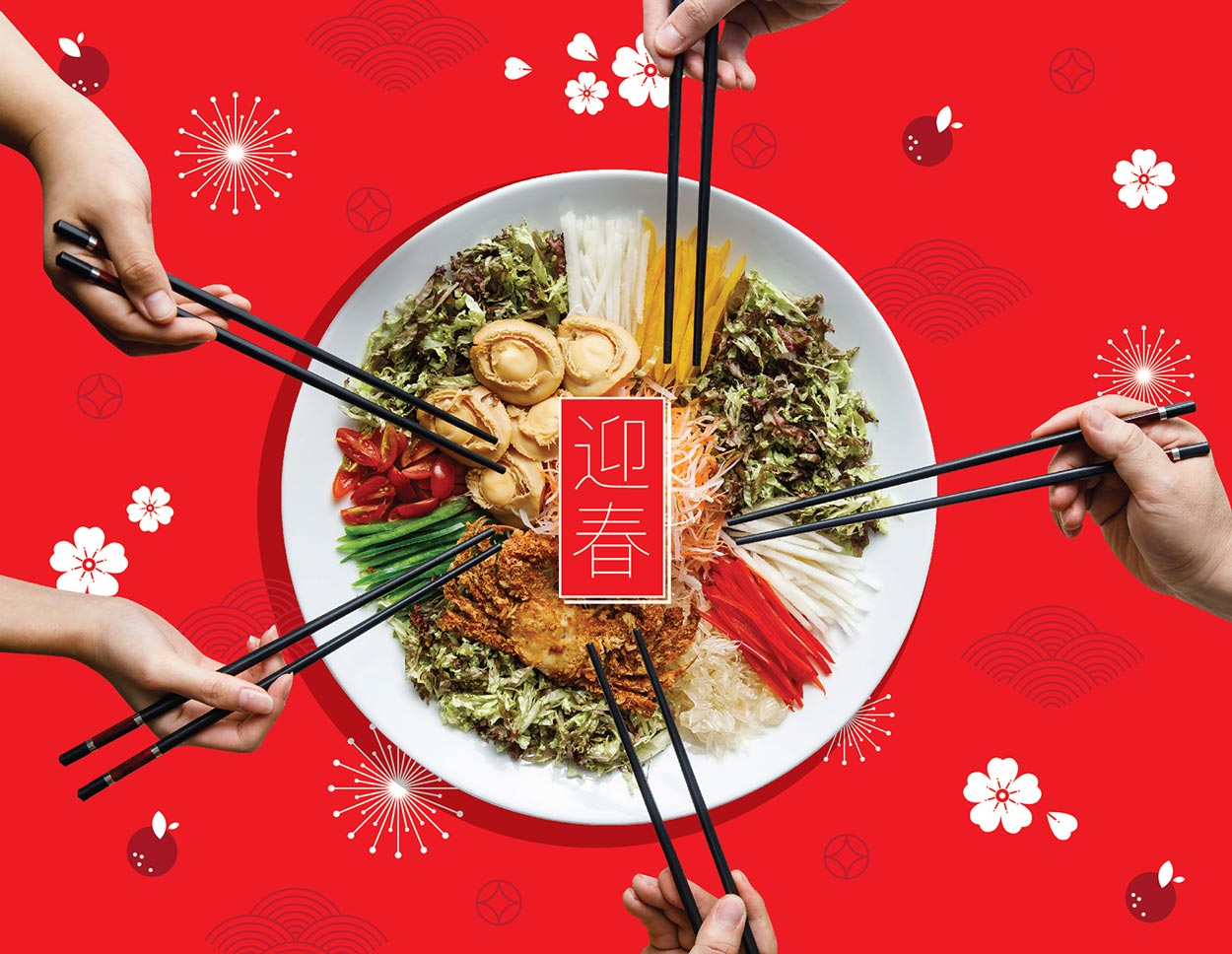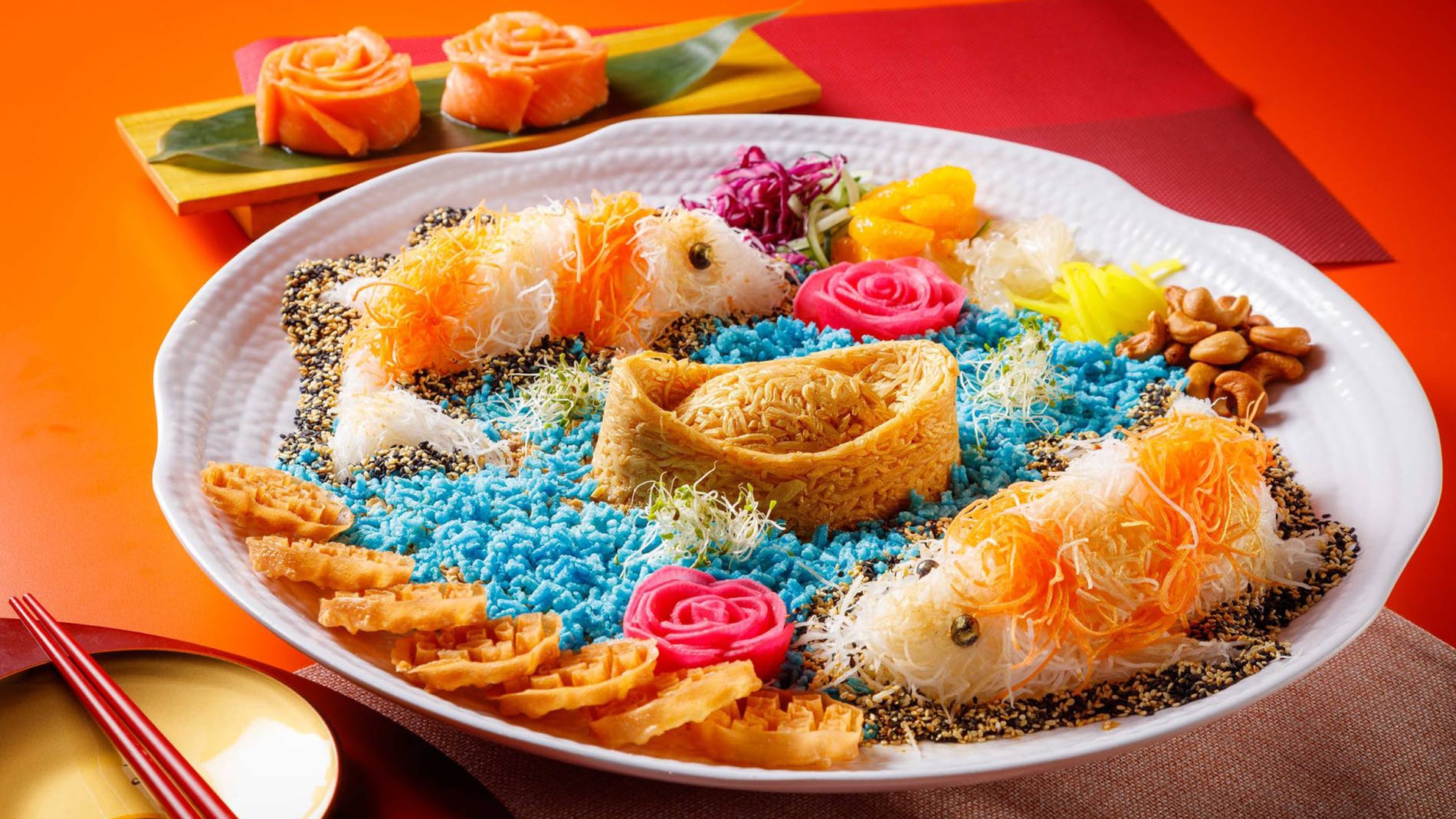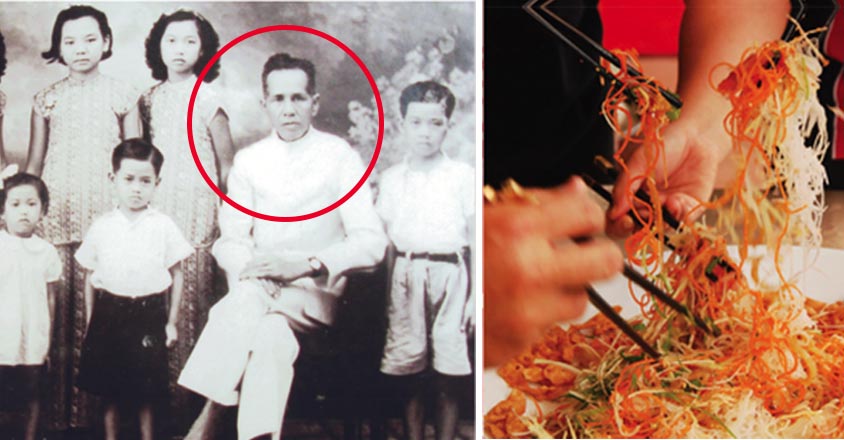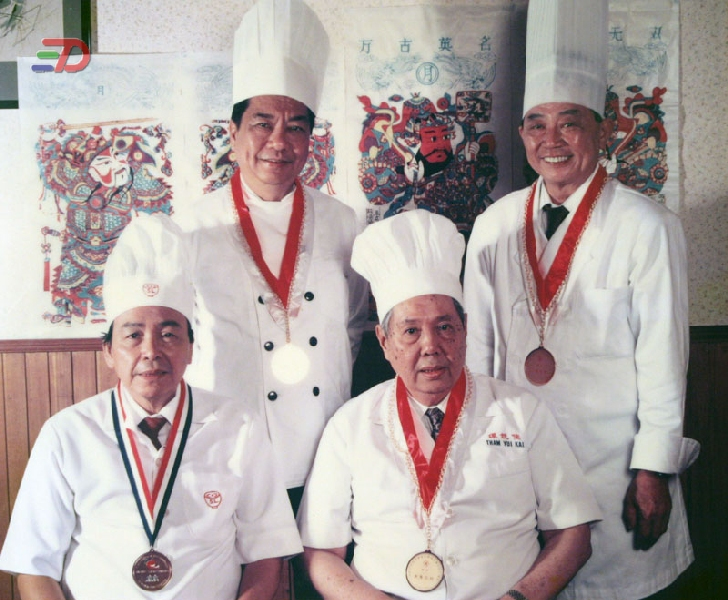
Image Credit: FirstClasse
Find out how this illustrious Prosperity Toss dish came to be
Written by Aqil Nasri
If you’re a Malaysian Chinese or a Malaysian in general, you must have heard of Yee Sang, one of the most anticipated traditions whenever the annual Chinese New Year celebration comes around. The tossing of dishes of shredded vegetables with strips of raw fishes high up in the air is synonymous with CNY celebrations, up to the point where if it’s not done, the celebration simply won’t feel as complete.
Known as a special meal that celebrates all things auspicious, this dish is a major symbol of luck, prosperity, and fortune. The dish would normally contain strips of raw fish and shredded vegetables that would be mixed with a variety of sauces and condiments. Also, a vegetarian version of the dish also exists, where the fish strips are replaced by soy “fish”.
However, did you know that the version of Yee Sang that Malaysians generally consume and share over during Chinese New Year is not common at all in China? That this dish is only really celebrated in the Southeast Asia region? Well if you don’t, then read on to find out the real origins of Yee Sang.

Image Credit: L’Officiel Malaysia
Now, the origins of Yee Sang has been a hot topic that’s been debated furiously between the citizens of Malaysia and Singapore.
According to Leng Wai Chan, the author of “A Toss of Yee Sang”, it was actually revealed that a Chinese immigrant who settled in Seremban during the 1920s was the original creator of the famous dish. The name of the man was Loke Ching Fatt, and he decided in order to beef up his catering business, he needed to do something drastic. Something that customers would remember him by long after he was gone.
So, he created his own brand of Yu Sheng, which he then called it Sup Kum Yee Sang (Tenth Sense Yee Sang). The meaning behind the name is in direct reference to Buddhism, in which it is the belief of being able to sense infinite dimensions!
The response from the dish that he created was absolutely out of this world. People would literally come from all over the country to try out his invention! The popularity that was garnered from Loke Ching Fatt’s Yee Sang was so immense that the various communities around Malaysia started adapting his Yee Sang into their own. As such, the Yee Sang that Malaysians enjoy today all stems from that one original recipe.

Loke Ching Fatt is the person circled in red
Image Credit: Cilisos.my
However, according to BBC, an entirely different story surfaces about the history of this prosperous dish.
The original combination of the dish was brought to Singaporean shores back in the 1930s, with four Singaporean chefs combining their skills in creating their own recipe for the dish back in 1964.
Because of their unbelievable creation that resulted in a widespread cultural following, they were held to such high esteem that the four chefs were then known as the “Four Heavenly Kings”. Wow, that’s certainly saying something.

The four chefs known as the “Four Heavenly Kings”
Image Credit: urbanarchiver
As such, because of these two completely different stories in claiming the origins of Yee Sang, people from both countries have been fighting tooth and nails in claiming which country the cultural heritage actually belongs to.
However, if people were to really research on the origins, you can clearly see which country actually founded the dish. If you check Malaysia’s National Heritage List, you can see that Yee Sang has actually been put into the list since 2009! Singapore has yet to even put the dish into its Cultural Heritage List. Also, don’t forget that Singapore was once part of Malaysia too. They only broke out of Malaysia since 1965, so it’s no surprise that the origins of certain cultural heritage items be confused by people.
In the end, it doesn’t matter where the food comes from, or who has the first idea on its creation. Yee Sang has been a staple in the Chinese community, as it represents abundance, prosperity, and vigor.
As long as it brings out the best in people, then who are we to argue where it came from?

